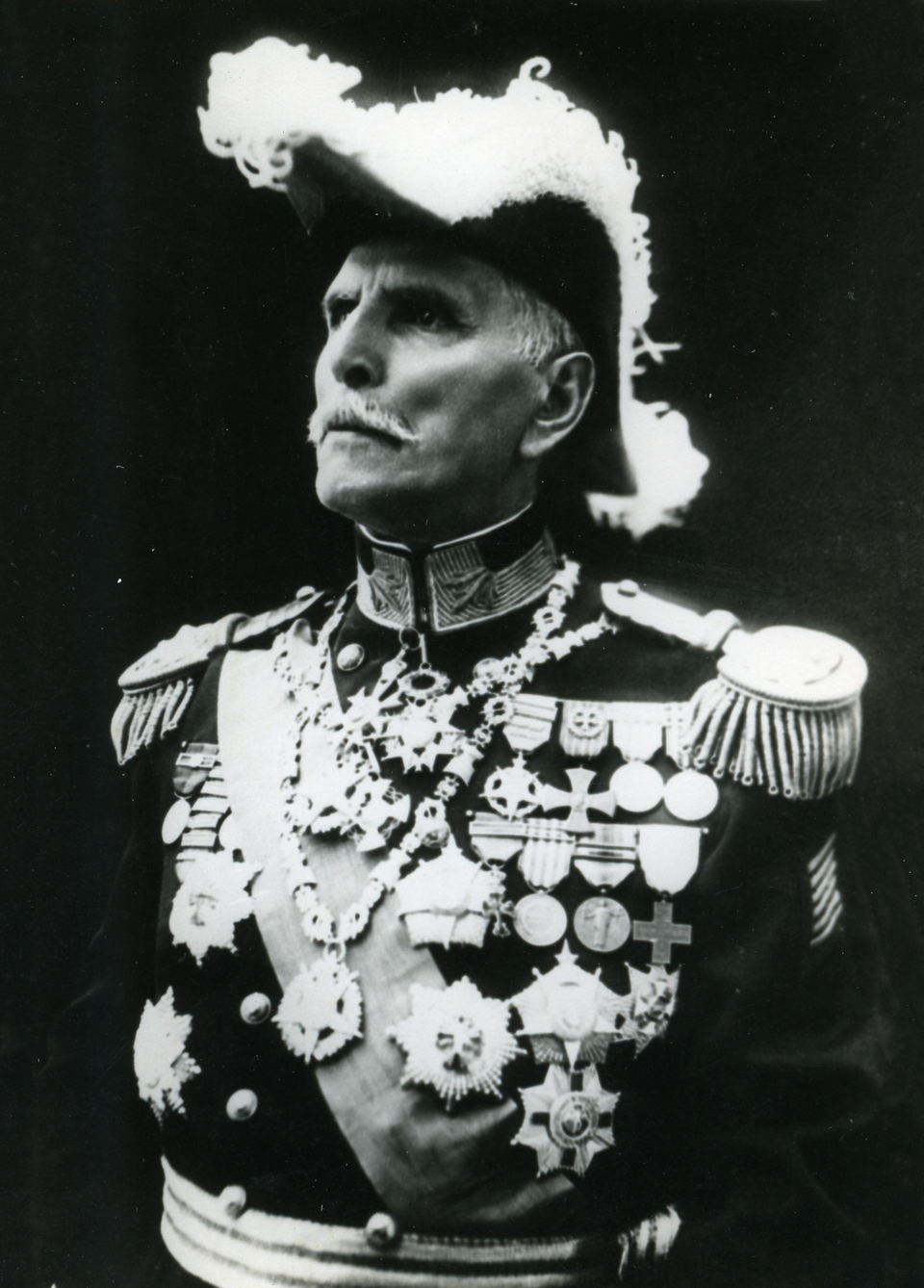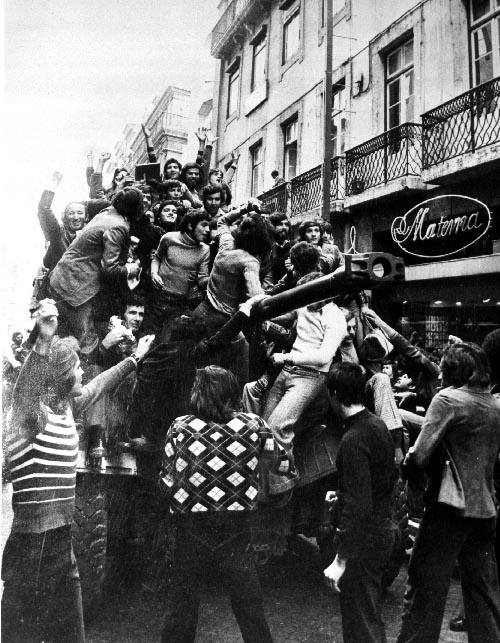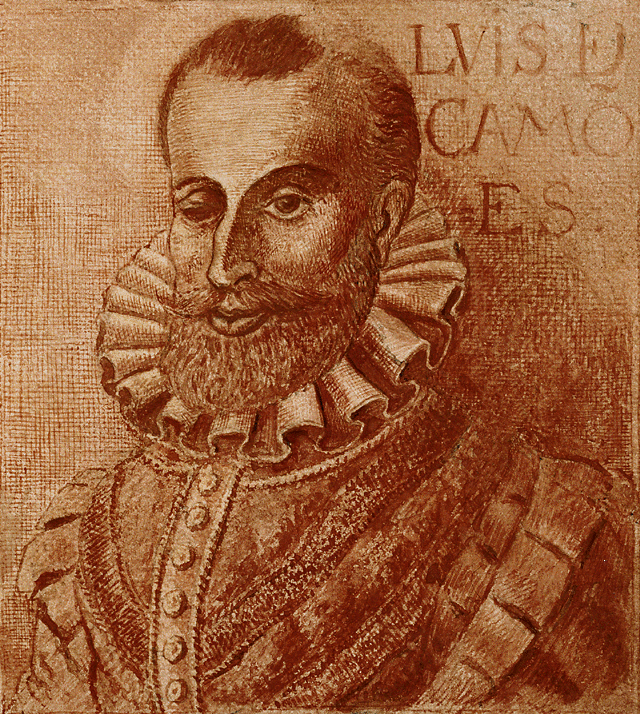Manuel de Oliveira Gomes da Costa, better known as General Gomes da Costa, was a central figure in the political and military history of Portugal in the early 20th century. Born in 1863, he made a name for himself as a distinguished officer in the Portuguese Army, actively participating in the First World War, where he commanded Portuguese troops on the Western Front. His courageous performance in the conflict gave him great military prestige and national recognition.
However, it was in the political field that Gomes da Costa left his most significant mark: Dissatisfied with the instability of the First Portuguese Republic, he led the military coup of May 28, 1926, which brought an end to the republican regime and established a Military Dictatorship. Initially planned in Braga, the movement quickly gained support in several regions of the country, ultimately leading to the march on Lisbon. Following the coup, Gomes da Costa assumed the leadership of the Government in June 1926, though his time in power was short-lived.
Although Gomes da Costa was the figurehead of the movement, he struggled to unite the various military and civilian factions that had backed the coup. As a result, in July of that same year, he was ousted from power by other members of the movement, including António Óscar Carmona, who would later become President of the Republic. Following his removal, Gomes da Costa was exiled to the Azores. He later returned to Portugal but withdrew from active political life. He passed away in Lisbon in 1929, impoverished and disillusioned.
Despite his short term in office, his role in the end of the First Republic and the rise of the National Dictatorship (which would later evolve into the Estado Novo) is considered a landmark in contemporary Portuguese history, albeit Negative. And yet, even after the fall of the Dictatorship, many streets and places still bare the names of dictatorship era heroes.



